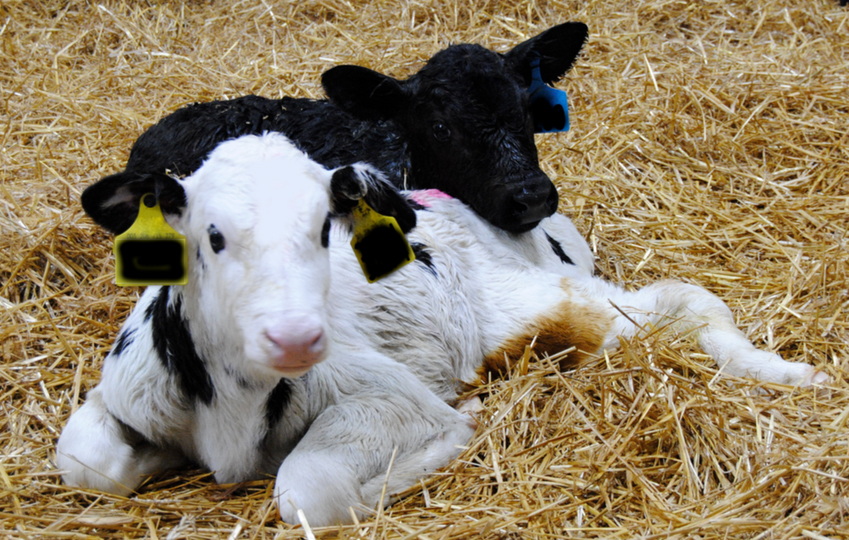Survey shows mixed results with grouse and waterfowl


Data is now available from annual spring surveys of Wisconsin ruffed grouse, pheasant and waterfowl. The spring waterfowl breeding survey indicated stable population numbers and habita...


